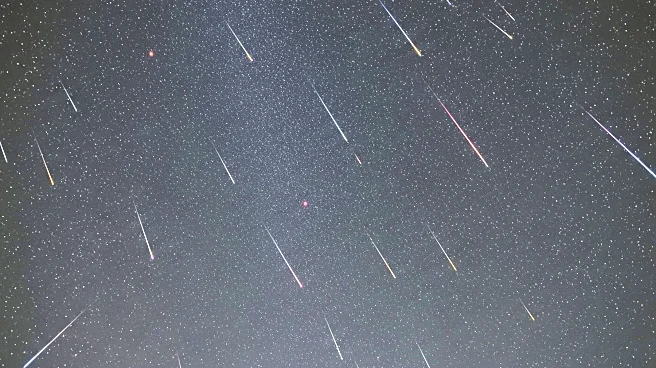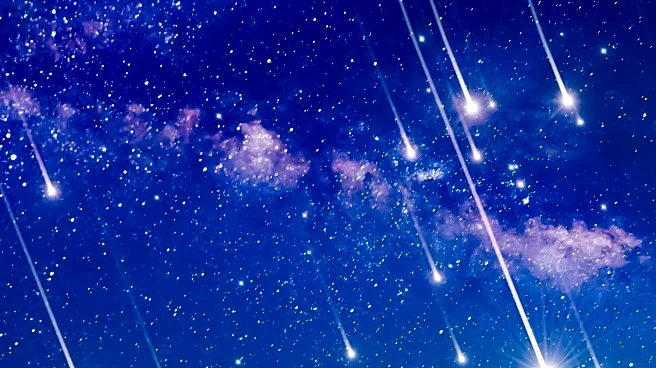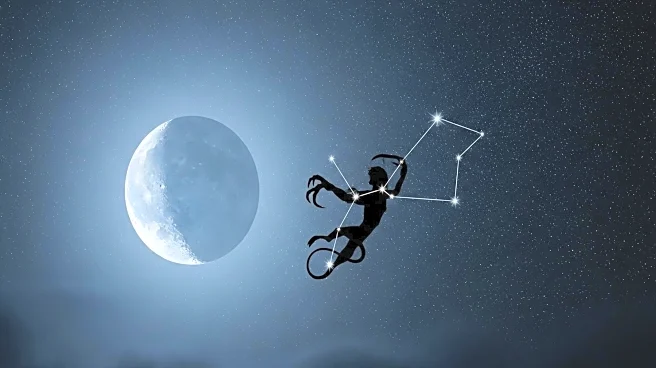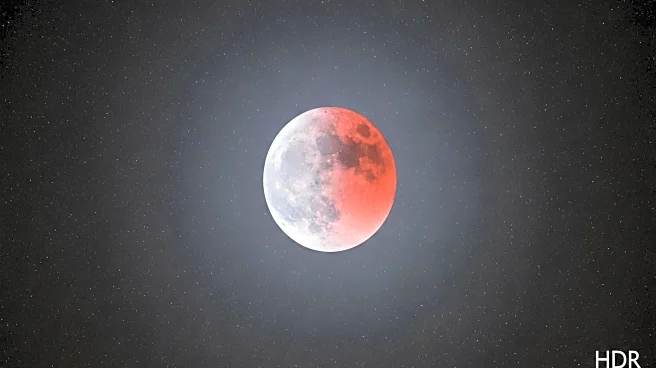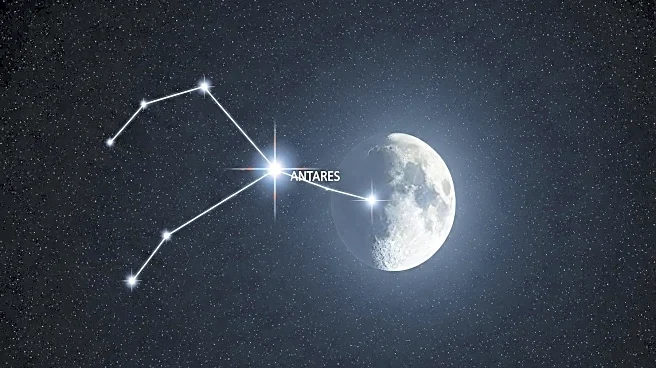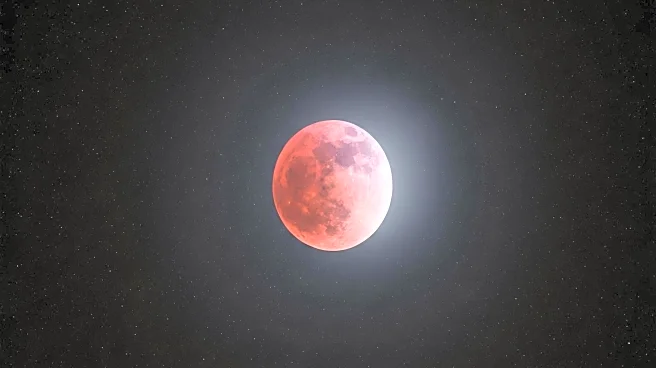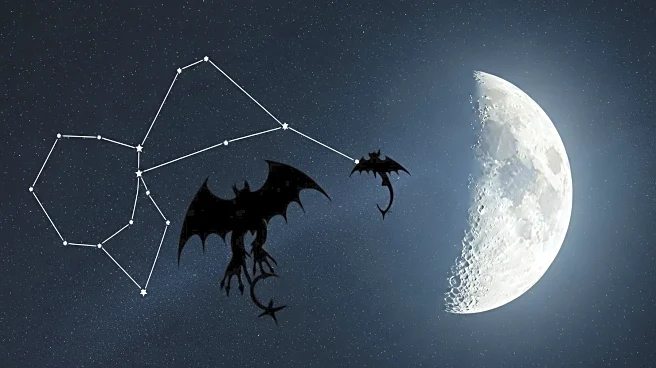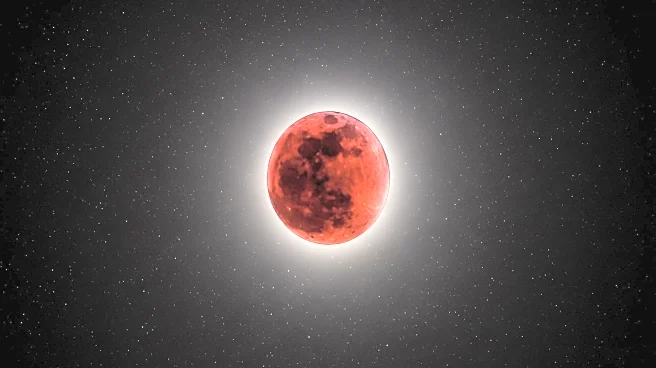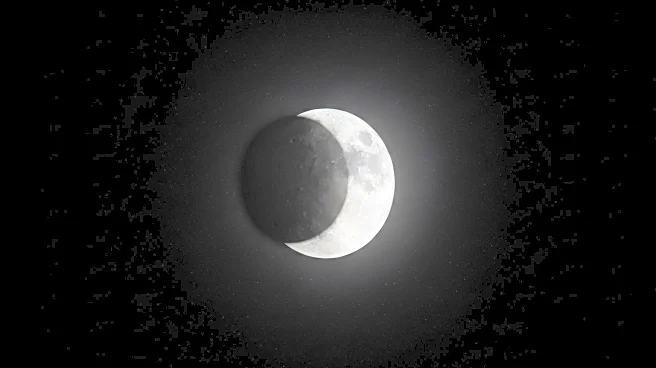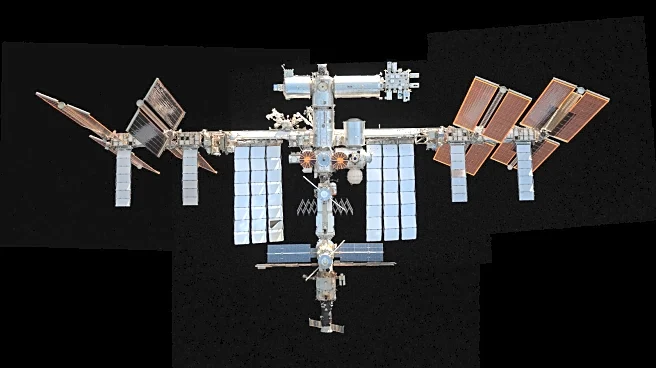What is the story about?
What's Happening?
The Aurigid meteor shower, an annual celestial event, is set to peak on the night of August 31, 2025. This meteor shower occurs as Earth passes through the debris trail of the long-period comet C/1911 N1 Kiess. During the peak, observers may see up to six meteors per hour, although some experts caution that the rate could be as low as one meteor per hour. The meteors will appear to originate from the constellation Auriga, near the star theta Aurigae. The best viewing time for stargazers in the U.S. will be in the early morning hours of September 1, when the radiant is highest in the sky.
Why It's Important?
The Aurigid meteor shower is a rare event, offering a unique opportunity for astronomers and the general public to observe shooting stars. This event is significant for both amateur and professional astronomers, as it provides a chance to study the remnants of a comet that last visited the inner solar system over 2,000 years ago. For the public, it presents an opportunity to engage with astronomy and appreciate the natural wonders of the night sky. The meteor shower also serves as a reminder of the dynamic nature of our solar system and the ongoing interactions between celestial bodies.
What's Next?
As the peak of the Aurigid meteor shower approaches, enthusiasts are encouraged to find a dark location away from city lights to maximize their viewing experience. The use of smartphone astronomy apps can aid in locating the radiant point in the sky. Photographers interested in capturing the event should prepare their equipment and consult guides on photographing meteor showers. The next significant meteor shower, the Perseids, will offer another opportunity for stargazing later in the year.
AI Generated Content
Do you find this article useful?
